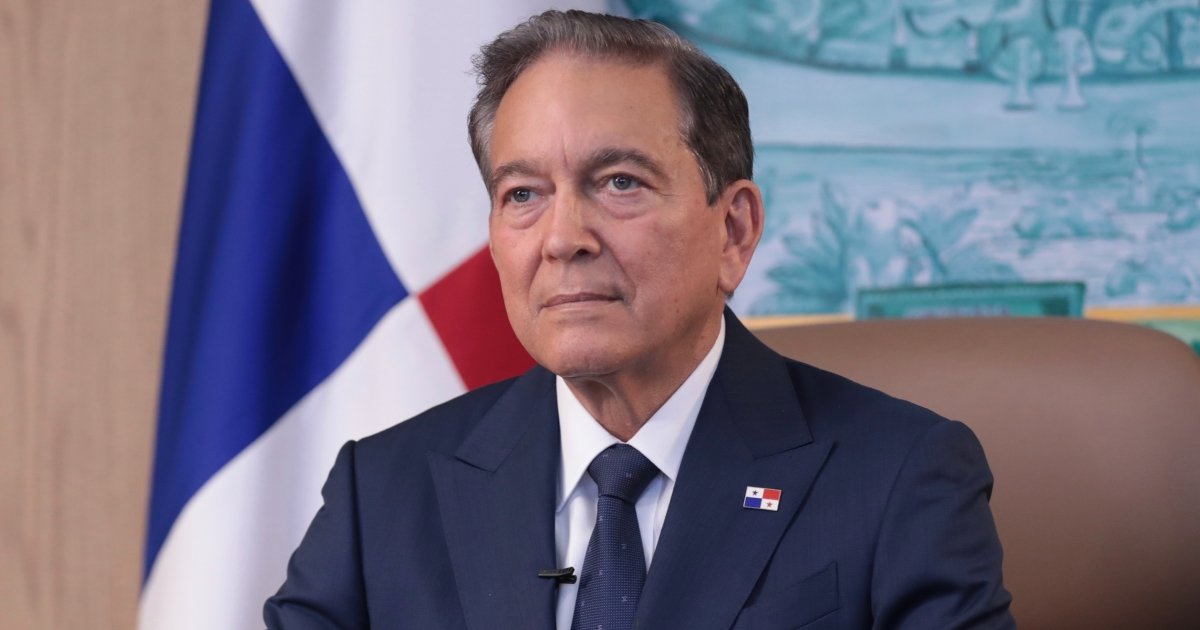Government
The government of Panama is a presidential representative democratic republic. The government is led by a president, who is currently Laurentino Cortizo, and is head of both the state and government. The president elects a cabinet to help in the administration.
For the legislative branch, it is the National Assembly. It consists of the Chamber of Deputies, made up of 71 members, and the Senate, which consists of also 71 members. The Chamber of Deputies are elected by popular vote to serve for 5 year terms. The Senate has 26 people being elected by popular vote and 45 which are appointed by the president.
The judicial branch is made up of the Supreme Court of Justice, the highest cour of the country, and other courts. The members of the courts are elected by the President with the National Assembly's approval.
Panama also has ten provinces and five indigenous territories which divide the country. Each of them elect their own governor and their own government. They are self-governing and hace their own systems of government and laws.
Economy
Panama's economy is dynamic and diverse. It is driven by the service sector, which includes transportation, tourism, logistics, and banking. The service sector makes up more than three-quarters of Panama;s GDP.
Also, the Panama Canal is another large contributor to the economy and a significant source of revenue and income, because it is one of the most busiest shipping routes and place in the world.
Agriculture and manufacturing also supports the economy of Panama. The main crops include coffee, sugarcane, and beans, while the main manufacturing products are textiles, chemicals and food products.
Overall, Panama has a well-developed infractructure, as well as a well-developed transportation system and a free-trade zone that encourages investment in trade. It is a stable and business friendly environment, and a result of that is it has attracted a great amount of foreign investment in the recent years.
Movement
Movement of people, goods, and ideas of Panama is important in shaping the country to how it is today. Such as the Panama Canal, it is a major trade route and the construction of it requred a movement of big amounts of materials and human labor, which had a lasting effect on the landscape. Ideas and cultural influences also move through Panama, because today it has a diverse population. The diversity has been mixed due to the movement of people from different parts of the world.

